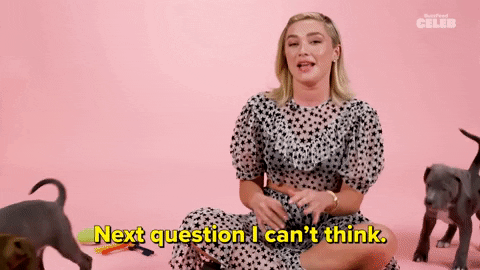Retention Starts with Hiring: Attracting (and Keeping) Great Talent
Written by Nicole
How does that old saying go…
It costs more to do something over again than it does to do it right the first time?
You pay for it now or you pay for it later?
Okay, maybe they’re not exactly old sayings - but they are true. Allow me to explain - employee retention has long been an issue in the world of employment. It costs way more to hire new employees than it does to retain current employees. And we aren’t just talking about money here - it can cost team morality and productivity.
There are a myriad of reasons as to why folks do not stay in an organization for long, from low wages to a toxic work environment. So, the question then becomes how do we attract top talent and ensure employee retention?
One of the answers that we can explore lies in how the hiring process itself is structured. Adopting a more neuro-inclusive hiring process can help find and retain excellent candidates.
Here is how you can start ↓
Stop using buzzwords and jargon in job descriptions and anything that will cross your applicant’s virtual desk.
I see you wanting to circle back to move the goal post in a one-on-one with key product stakeholders to move the needle on actionable steps. TBH - everyone really hates it. Also, processing colloquialisms can be difficult for neurodivergent folks. We tend to take things literally first, so the cognitive load of trying to figure out what you mean versus what you say is an extra step. Maybe your communication won’t be as flashy and snappy - but it will be much more clear!
Include a statement that encourages applicants to apply even if they don’t match 100% of the qualifications.
This is something that is becoming slightly more common depending on your field and your employer. Neurodivergent folks don’t just take colloquialisms seriously - we also happen to take the qualifications you’ve outlined in the job description seriously. If there is a huge list of skills, there will likely be candidates who will get overwhelmed and perceive themselves as under-qualified. And, let’s be honest with ourselves - there is no such thing as the perfect candidate. Having a disclaimer at the end of your job description could make all the difference in the calibre of talent you attract.
Provide the applicant all questions/topics at least a day before each interview.
Hot take: no one really likes job interviews. As the interviewee, you must be prepared for everything that your interviewer could metaphorically throw at you. For a lot of neurodivergent folks, there is an extra layer of sensory overwhelm and masking. A very small study found that autistic people “double mask” during interviews.
I say this with love - if you are a part of the hiring process, you should be striving to make the process equitable by giving your applicants questions and topics in advance of the interview. Set everyone up for success and you’ll probably be pleasantly surprised with what your candidates bring to the table.
Always provide feedback to applicants if you’re rejecting them after a completed interview.
We love clear communication! We love it when we don’t have to make assumptions! We love having tangible evidence to stop us from the spiral of rejection sensitivity dysphoria! This is a huge reason why feedback can be a big plus for all of your candidates. Put yourself in the candidates shoes - wouldn’t you want to know why you didn’t get the job? If you’re turning down a candidate after an interview, be a lamb and take some time to share feedback. Let them know what they did well, where they could improve, and why another candidate was a better fit this time. It helps them grow and keeps the experience positive - plus, it can help kick the ol’ RSD to the curb. For now.
A final word
At the end of the day, having a neuro-inclusive hiring process isn’t just about putting butts in seats—it’s about creating a workplace where talent can feel safe enough to work together and flourish. Thoughtful hiring practices help you attract top talent, retain them, and foster a culture of innovation and inclusivity.
So why not do it right the first time?




